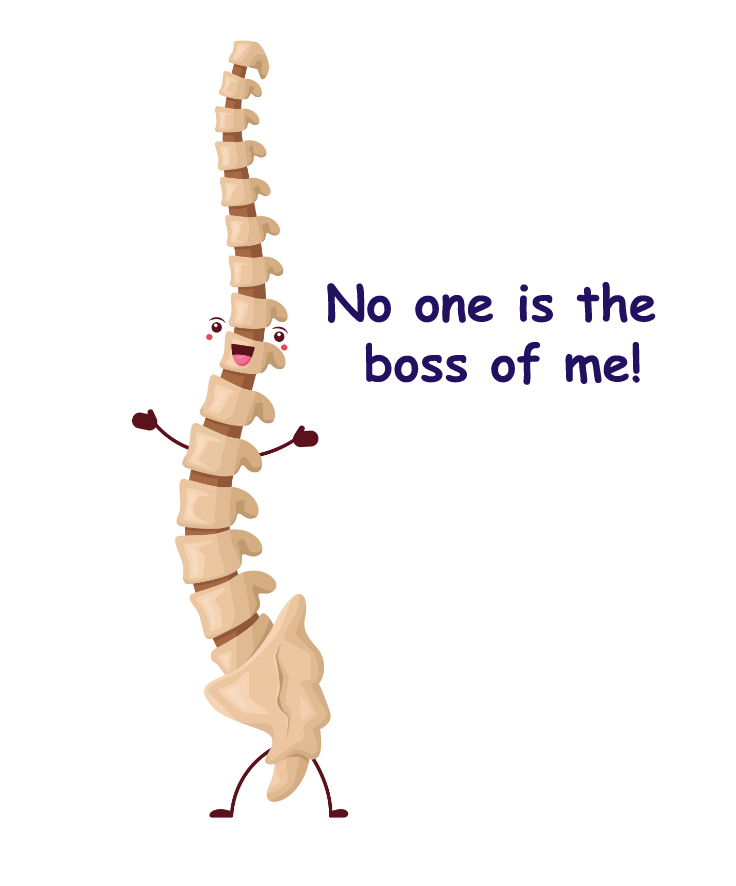Brain-Cord Disconnect
Home | Central Nervous System

Pain should trigger the activation of the Top-Down controls in the brain and brainstem to pour out analgesic substances into the cord to combat this unpleasant sensation. This is why people who are seriously injured can handle their agonizing situation until the ambulance arrives. Yet, people with fibromyalgia are in constant pain, so what gives?
Imaging studies show that fibromyalgia patients appear to have a disconnect between the brain and the brainstem. When healthy controls and people with fibromyalgia were given a painful stimulus, the activation levels in the brain were equal in both groups. However, the signal from the brain to the brainstem was greatly diminished in the fibromyalgia patients compared to the controls.
The painful stimulus produced sensations that lingered longer in the fibromyalgia group than the healthy people. So, the apparent disconnect between the brain and brainstem also led to greater pain in the fibromyalgia patients, demonstrating that their Top-Down controls between these two structures are less effective.
What is going on in the brainstem that could be interfering with its ability to carry out the commands of the brain? A reduction in gray matter volume (more glia activation?) and abnormal communication links within the brainstem were found in the fibromyalgia patients but not the controls. These two factors may lead to enhanced pain in people with fibromyalgia. In addition, the brainstem in patients may be more strongly tied to the body’s stress response systems than to pain control.
Another likely factor has to do with reduced dopamine release in the basal ganglia, the network of neurons between the brain and the brainstem. These neurons rely heavily on dopamine for communication. Due to impairments in dopamine, the brain may not be able to get the brainstem to carry out its request to put peddle to the metal on inhibiting pain.
Ordinarily, the spinal cord (under the direction of the brainstem) carries out what the brain expects. It’s called the placebo response because people start feeling less pain even if they are given a sugar pill. The brain believes it is getting something “good,” which automatically triggers the brain’s expectations for pain relief. In turn, the brain’s expectations are transmitted to the brainstem and the pain is relieved in the cord.
Studies in fibromyalgia patients show that placebos and expectations for pain relief are greatly diminished. Even wishful thinking and positive expectations may not get the brainstem to pick up the phone when the brain is dialing down to it. Staying optimistic is important, but the link between the brain and brainstem needs fixing!